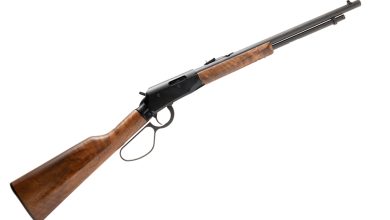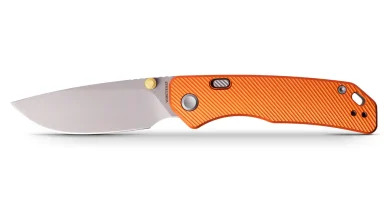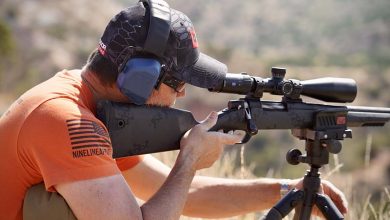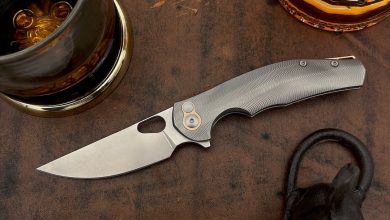Yugo AKs, Part 3. M70B1, the Workhorse from the Balkans

In Part 1 of this article, I talked about the first prototypes of Yugo AKs, in Part 2 we dived into the history of M70 rifles with milled receivers. In this article, we’ll take a look at the stamped receiver M70B1 rifles.
AK History @ TFB:
Besides the milled M70 rifle, Zastava produced a light machine gun called M72 that also had a milled receiver in the early years of production. Generally, it closely followed the concept of Soviet RPK but had unique cooling fins on the barrel right under the gas tube. The fins are still there on the current production M72s, and earlier this year Zastava announced that they plan to bring M72 to the United States.
While I’ve seen plenty of modern M72 light machine guns, I’ve never seen an early, milled M72. Luckily, after the previous article, one TFB reader from Slovenia contacted me and generously shared a picture of an early M72 from his personal collection. Thank you very much, GŽ, I really appreciate that.
Rare early M72 light machine gun. Photo provided by GŽ.
As I previously established, Yugo AKs were not a direct copy of a Soviet AK, however, Yugoslavian engineers still followed weapon design trends that originated in the USSR. First, Zastava started pressing and pinning the barrels, and later on, sometime in the 70s, they decided that stamped receivers were the way to go.
The stamped receiver version of the Zastava M70 was called M70B1, but the same gun with the folding stock had two different names: M70AB1 and M70AB2. Why?
Zastava design engineers decided to experiment with the receiver design. The first guns had a relatively thin 0.9 mm receiver, the idea behind that was to make the weapon lighter. Very few guns with fixed stock and thin receivers were ever manufactured, so those unicorns don’t even have a separate designation.
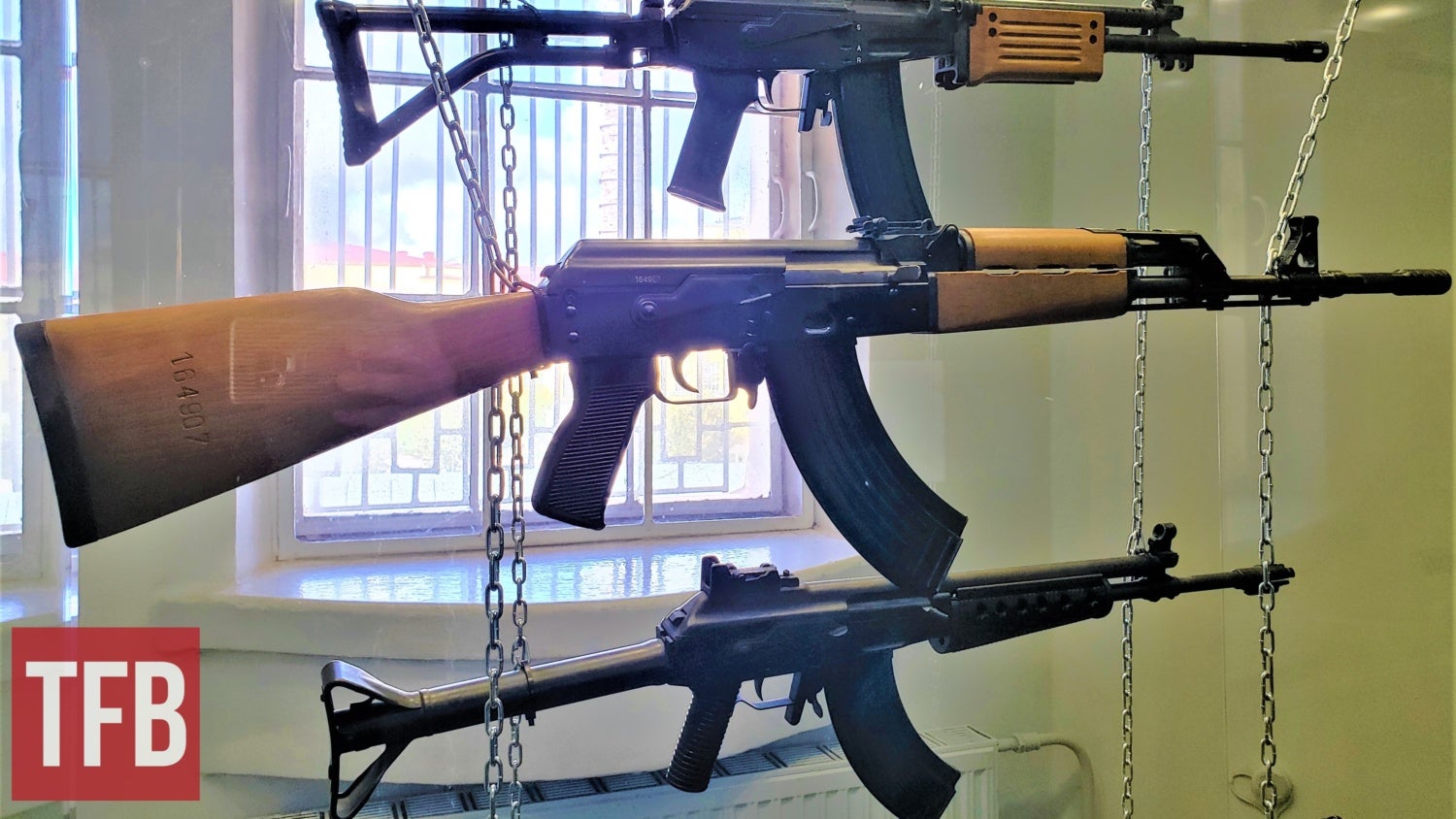
Extremely rare M70B1 with thin receiver and grenade-launching muzzle device from the collection of the Artillery Museum in St.Peterburg
However, plenty of folding stock Yugo AKs with thin receivers were produced. Yugoslavia even taught Iraqis how to make two different types of receivers.
The folding stock M70 with the thin receiver is called M70AB1, many of those were sold to the US as parts kits. Later on, most mil-spec Zastava AKs were made with thicker 1.5 mm receivers. Why so thick? Well, to explain that, we will have to look into the most unique feature of Yugo AKs.
RIFLE GRENADES
Unlike many other AKs, every Zastava AK had grenade-launching capabilities. To use a rifle grenade, you had to screw on a special muzzle device and lift up the grenade sight on the gas block, which blocked the flow of gas into the gas tube. Then, you load a blank round in the chamber, attach a grenade and there you go – your AK is now a grenade launcher. You can see the entire process in this vintage video.
However, in the video, the instructor forgets to use the grenade launcher sight, but with enough practice, you can still hit the target without it, and the flow of gas is still enough to launch a grenade.
This grenade has a pretty violent recoil impulse, so the Zastava engineers decided that a 1.5 mm steel and reinforced RPK-style receiver would ensure that the gun survives any abuse life throws at it.
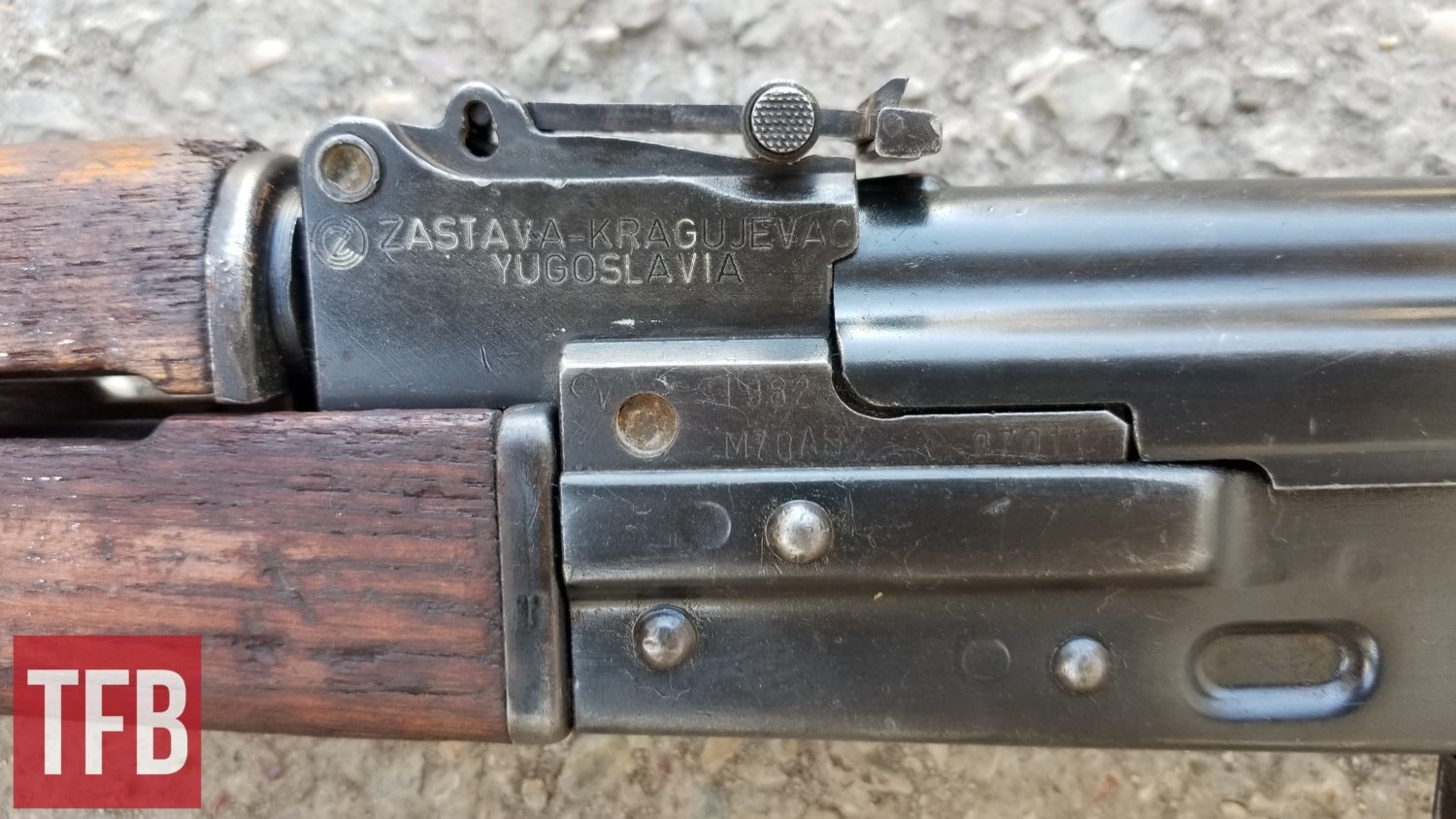
The bulged reinforced trunnion of the M70AB2
One of the TFB readers who reached out to me after the previous article shared his experience:
Soviet era Yugos are tanks. Roughly double the effort to demill relative to a standard eastern bloc AKM. Barrels/barrel parts with much higher interference, etc. And most OG barrel guns I’ve had shoot really well.
The only problem with those stamped Yugo AKs was exactly the same as milled ones. Until 2020, barrels of Zastava AKs were not chrome-lined. However, one encounter I had in Afghanistan forced me to reflect on this problem.
It was my first contract in Afghanistan, and I picked up a Zastava M70B1 from the pile that came from storage. I started the inspection and noticed that the barrel was blocked with something, which is common – many soldiers in the Middle East stick little patches into the barrel to keep the sand away. However, when you shoot, the barrel bulges, but at least you kept the sand away…
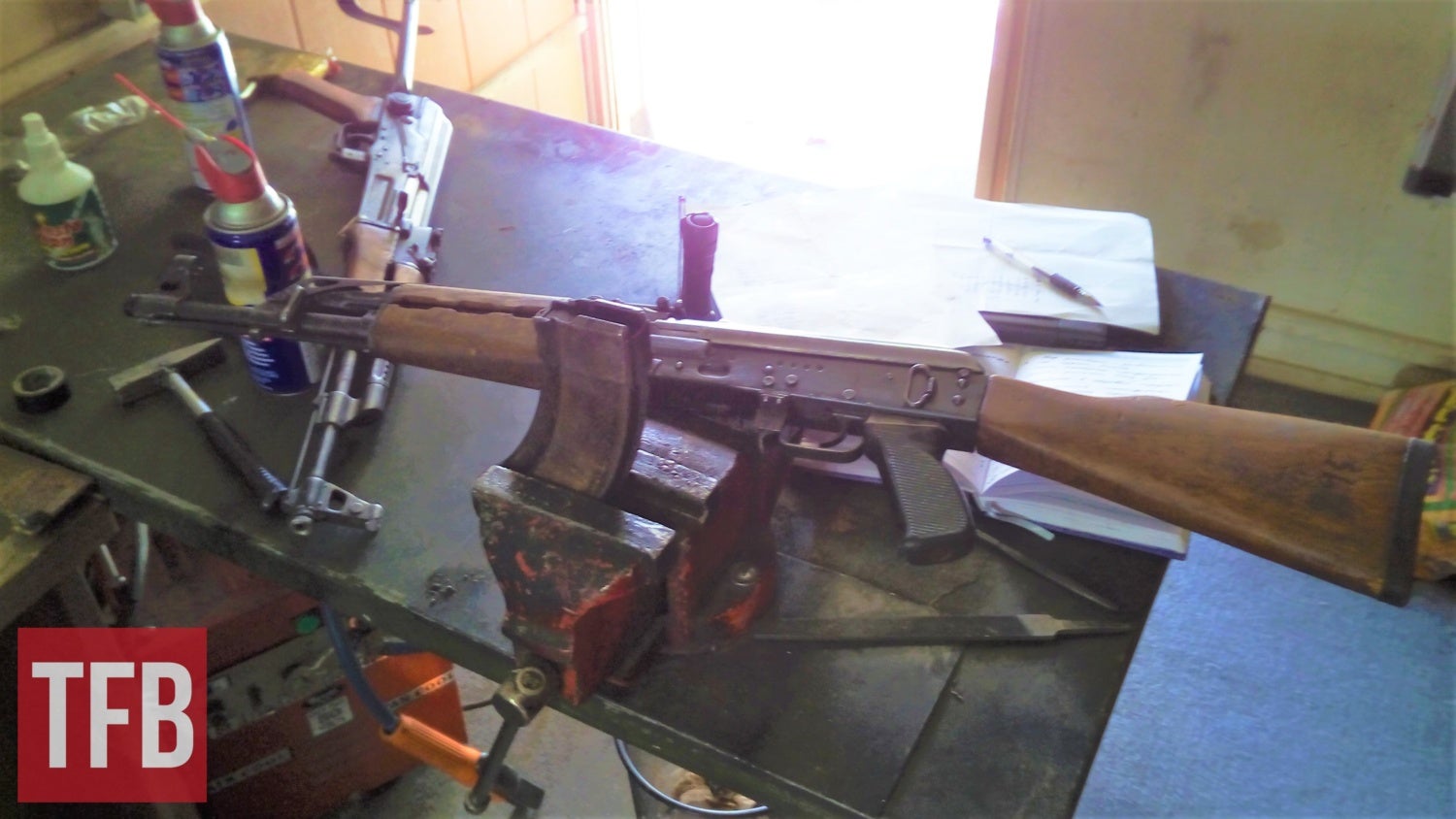
The gun with a “blocked” barrel
I cleaned the barrel and realized it was not blocked, it was just filled with cosmoline. Once I cleaned it out, the condition of the bore was absolutely perfect.
It means that an unknown Afghan soldier many years ago singled out this AK from a pile. Somehow this guy knew that Yugo AKs don’t have chrome-lined barrels. Not only did he know that, but he cared enough to protect the bore with cosmoline.
Where did he learn all that? What happened to him? Was he an armorer for the Taliban? Did he serve in the Afghan army? I wish the rifle could tell me his story, but it couldn’t.

I was so shocked to see a perfectly preserved barrel. I took a picture of the brush covered in Cosmoline. Sorry for the quality.
Now, when someone complains about a rusty barrel on a Zastava, I say: if an unknown Afghan soldier can keep his barrel clean and rust-free, anybody else can.
In the next part of the article, I want to talk about modern variants of Zastava AKs manufactured in Serbia.


